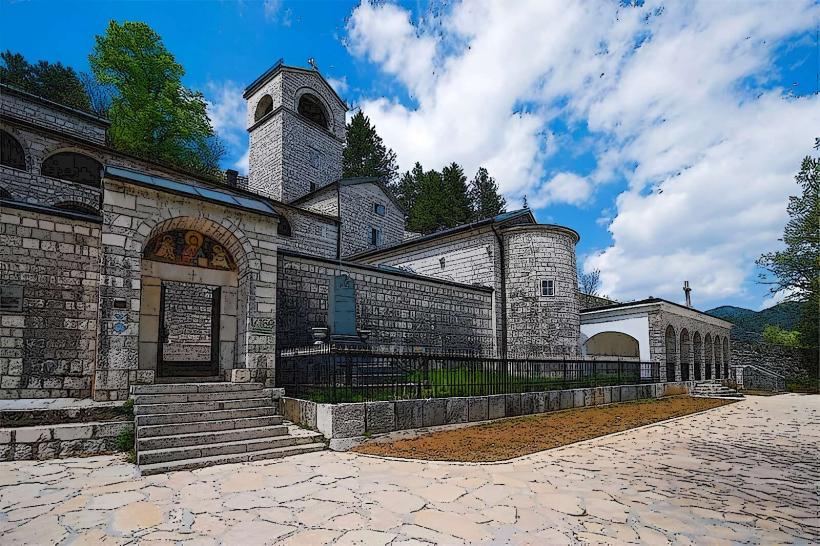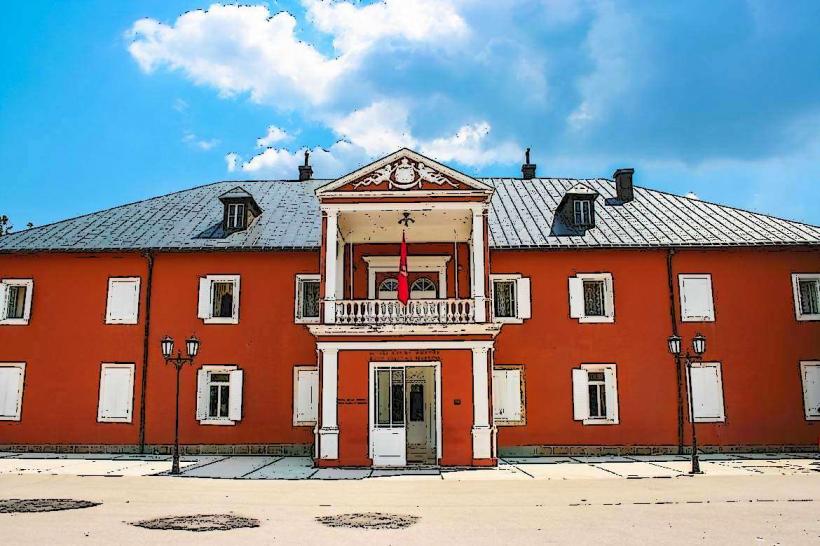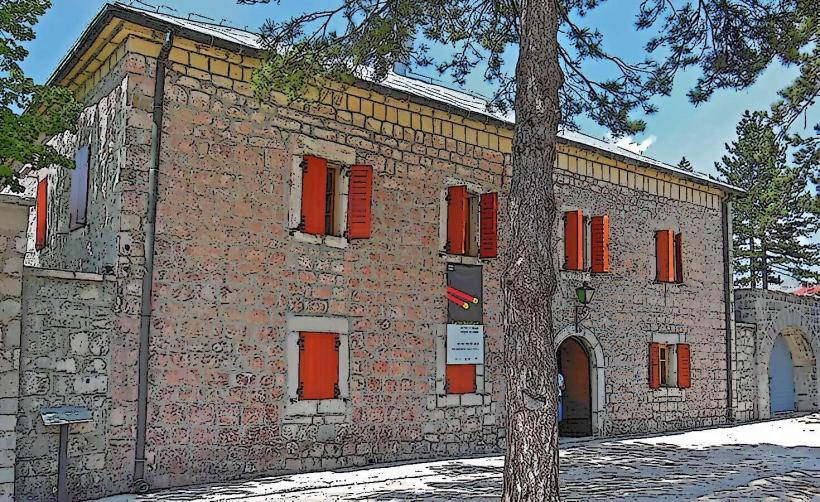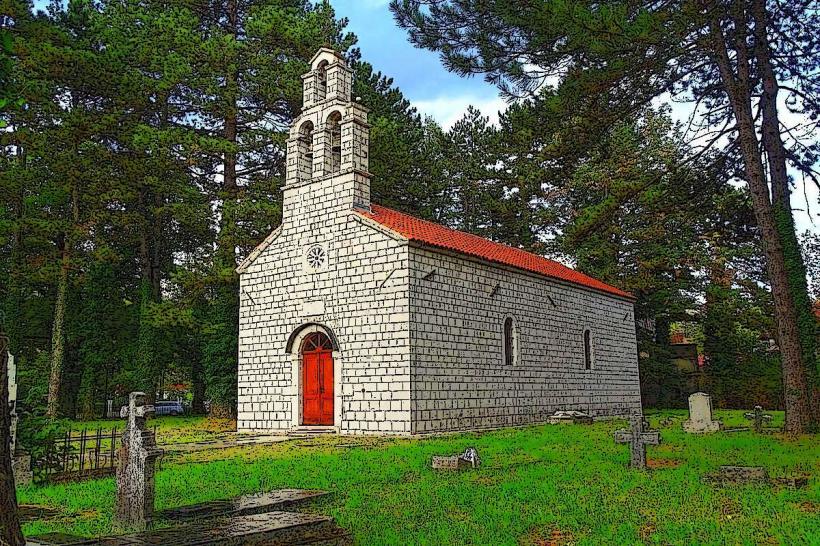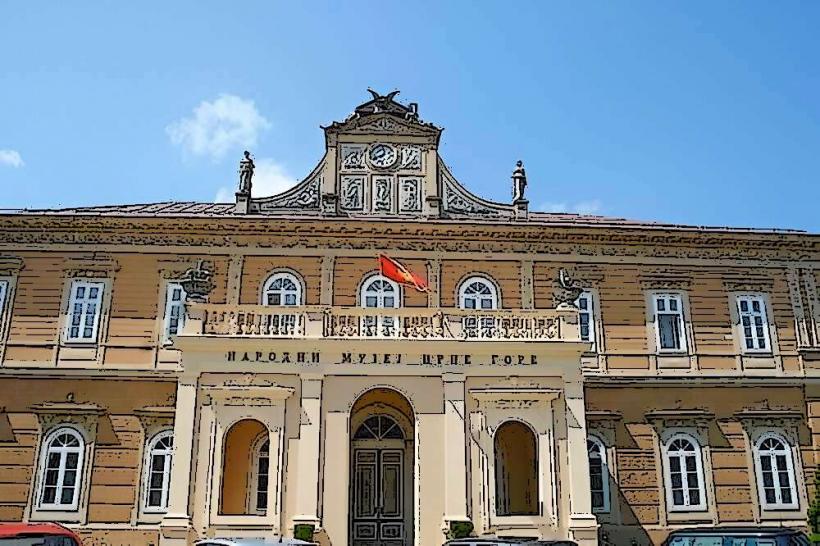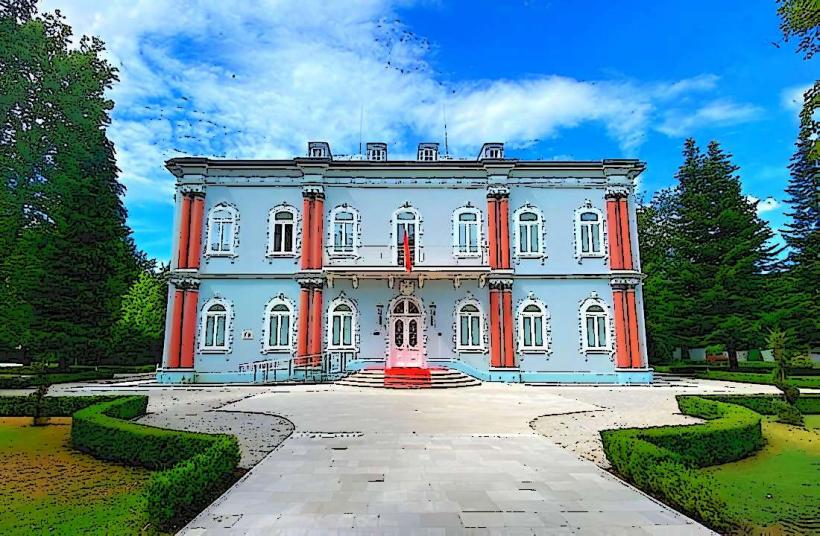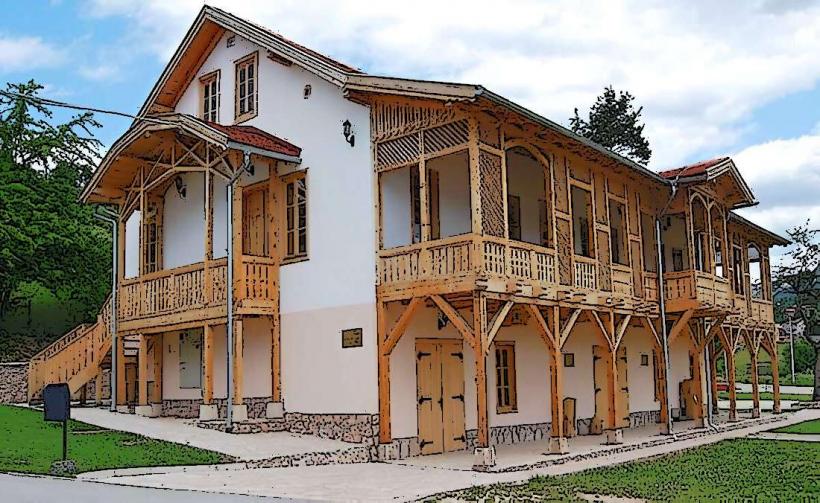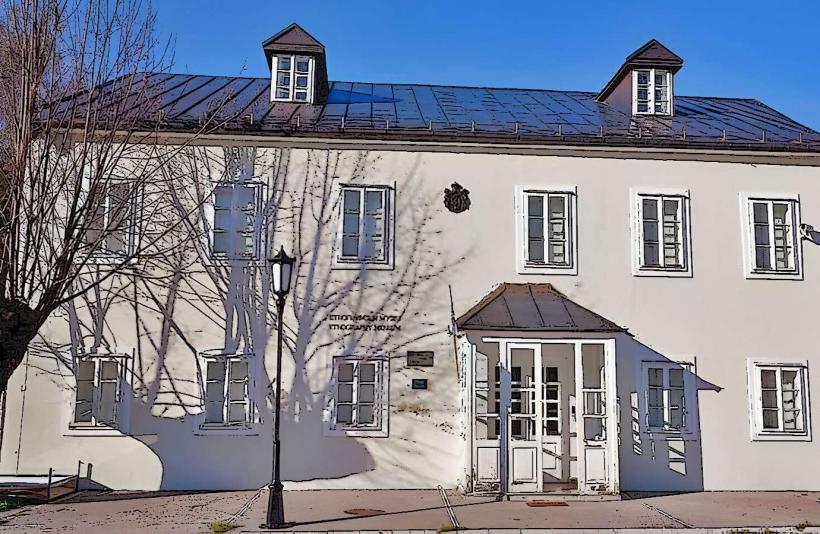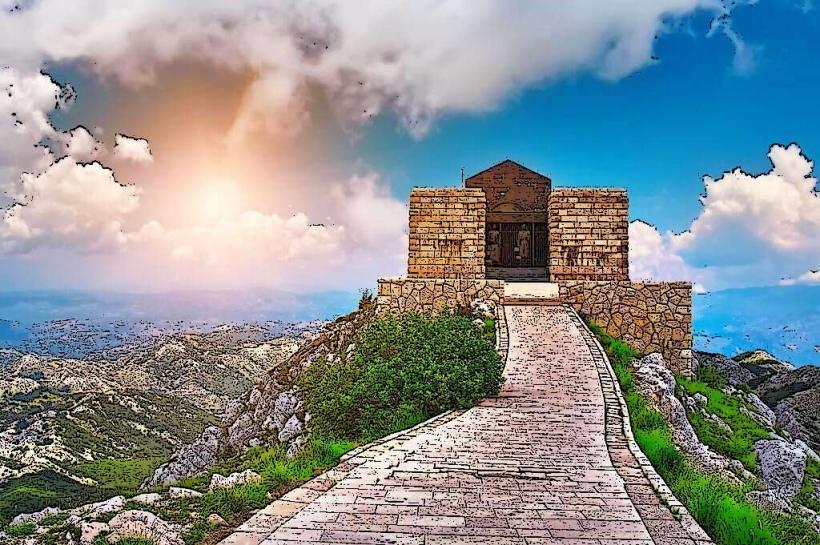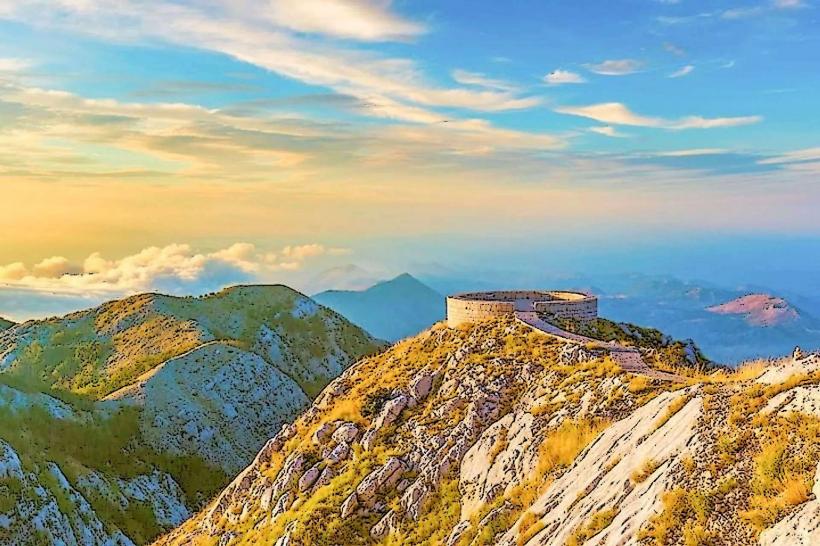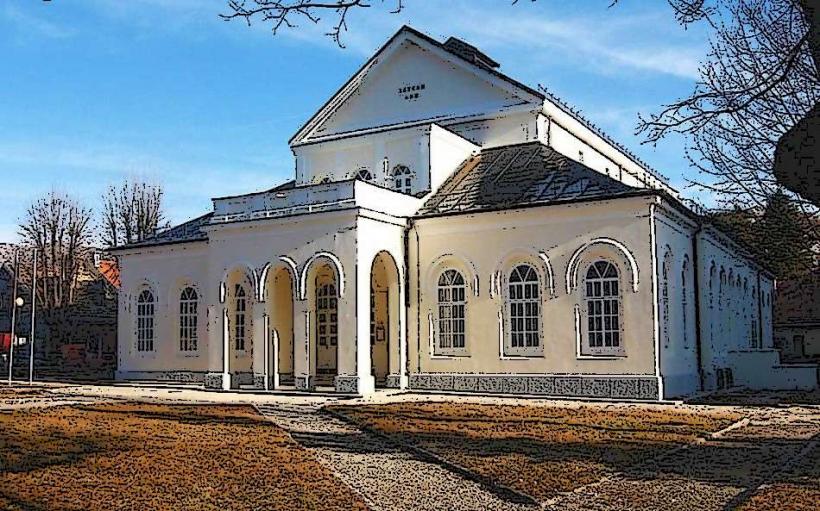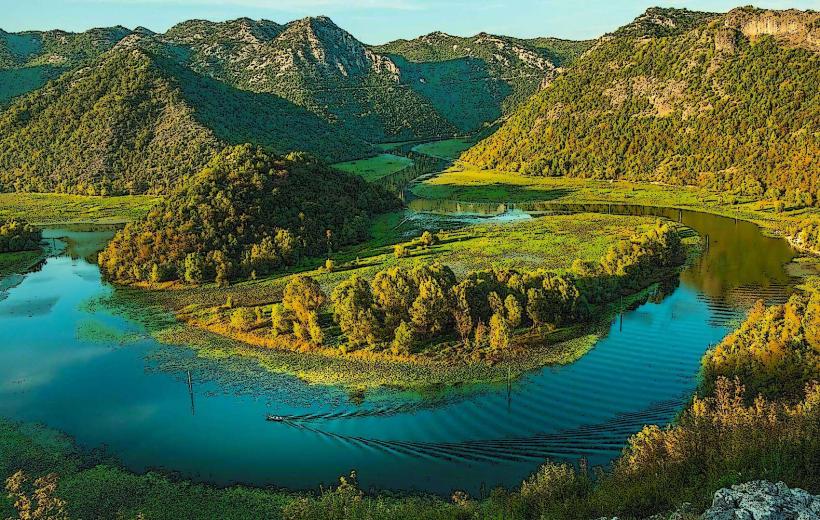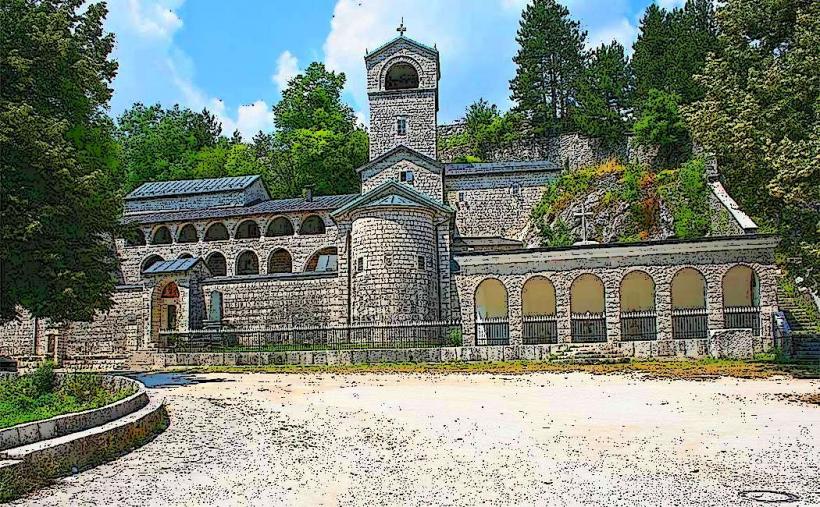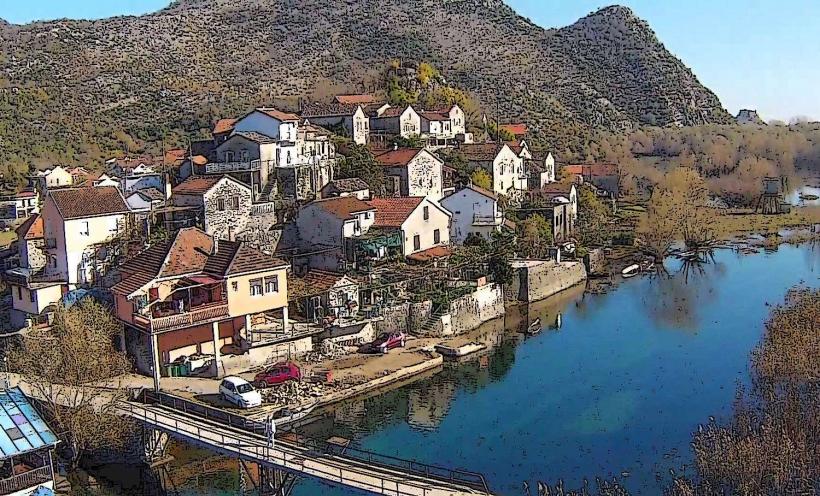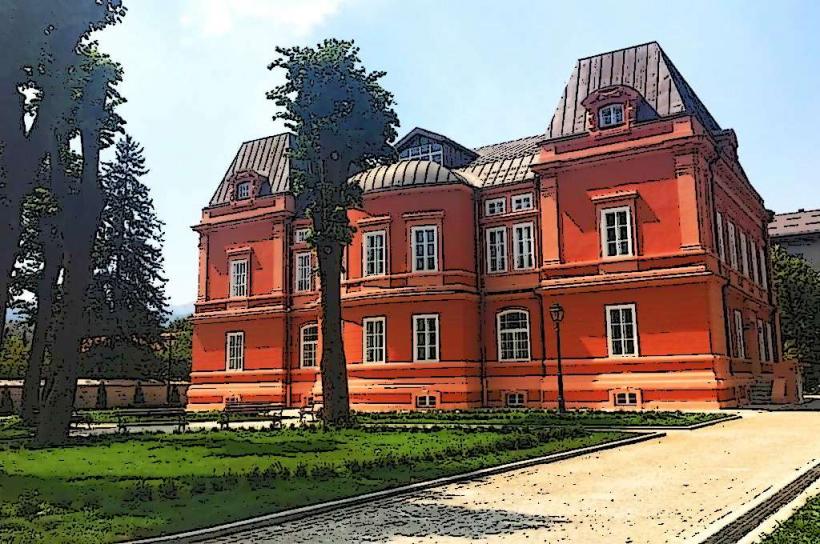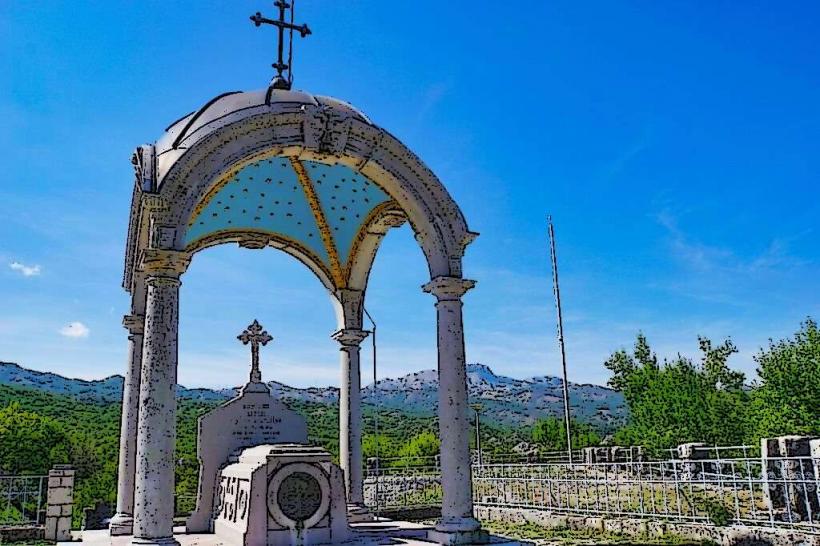Information
Landmark: Lipska CaveCity: Cetinje
Country: Montenegro
Continent: Europe
Lipska Cave (or Lipsi Cave) is a fascinating natural landmark located near the town of Cetinje, Montenegro. It is renowned for its beautiful stalactites and stalagmites, as well as its historical and cultural significance. The cave is one of the most important natural attractions in Montenegro and offers a unique glimpse into the country’s geological heritage.
Overview of Lipska Cave
Location: Lipska Cave is located approximately 10 kilometers from Cetinje, near the village of Lipa. It is situated in the Lipa Valley, a beautiful area known for its karst landscape, making it easily accessible for visitors exploring the region’s natural beauty.
Discovery: The cave was discovered in 1959 by local residents, though it had been known to exist for much longer. Over time, it has become one of the most popular tourist destinations in Montenegro, attracting visitors who are interested in both natural history and geology.
Formation and Geology: Lipska Cave is a karst cave, formed over thousands of years by the erosion of limestone rock. The cave features a stunning array of stalactites, stalagmites, and columns that have formed due to mineral deposits left behind by dripping water. The cave is also home to a network of narrow passages, chambers, and large halls.
Key Features of Lipska Cave
Stalactites and Stalagmites: Lipska Cave is famous for its impressive formations of stalactites (icicle-like formations hanging from the ceiling) and stalagmites (cone-shaped formations rising from the cave floor). Some of these formations are several meters tall and have taken thousands of years to develop.
Underground Chambers: The cave contains several large chambers, each with unique formations and features. The main chamber, called the "Hall of the Kings", is particularly spectacular, with massive stalactites and stalagmites that resemble columns and other natural sculptures.
Tourist Path: Visitors to Lipska Cave can explore the cave through a well-marked tourist path that takes them through the various chambers and tunnels. The path is illuminated, allowing tourists to fully appreciate the intricate details of the cave’s formations. Guided tours are available, where knowledgeable guides provide information about the cave’s history, geology, and significance.
Historical Significance: In addition to its natural beauty, Lipska Cave has historical importance. It is believed that the cave was used by humans during prehistoric times, and evidence of ancient tool use and fossils has been discovered in the cave, indicating its role as a site of early human habitation.
Lipska Cave and Tourism
Accessibility: The cave is easily accessible from Cetinje, making it a convenient excursion for visitors staying in the capital. The journey to the cave involves a scenic drive through the surrounding hills and valleys, offering beautiful views of the landscape.
Opening Hours and Tours: The cave is typically open to visitors from spring through autumn. Guided tours are available, with guides offering insights into the cave’s formations and its geological history. Tours last around 45 minutes to an hour, depending on the route.
Visitor Facilities: The area around the cave has been developed with basic tourist amenities, including a visitor center, parking, and small shops. There are also pathways and viewing platforms that allow visitors to enjoy the natural beauty of the surroundings before and after visiting the cave.
Best Time to Visit: The cave is open year-round, but the best time to visit is during the warmer months, from April to October, when the weather is more favorable for exploring the cave and its surroundings.
Cultural and Environmental Significance
Karst Landscape: Lipska Cave is part of the broader karst landscape of Montenegro, an area characterized by limestone formations, underground rivers, and cave systems. The cave contributes to the natural diversity of the region, which is recognized for its geological importance.
Ecological Importance: Lipska Cave is home to a variety of cave-dwelling species. These include various insects, bats, and other creatures that have adapted to life in the dark, underground environment.
Conclusion
Lipska Cave is a stunning natural wonder in Montenegro, offering visitors a chance to explore its intricate stalactites and stalagmites while learning about the country’s geological and historical heritage. Whether you're a nature enthusiast, a geology lover, or someone interested in the country’s ancient past, a visit to Lipska Cave is a unique experience that showcases the beauty and mystery of Montenegro’s natural world.

